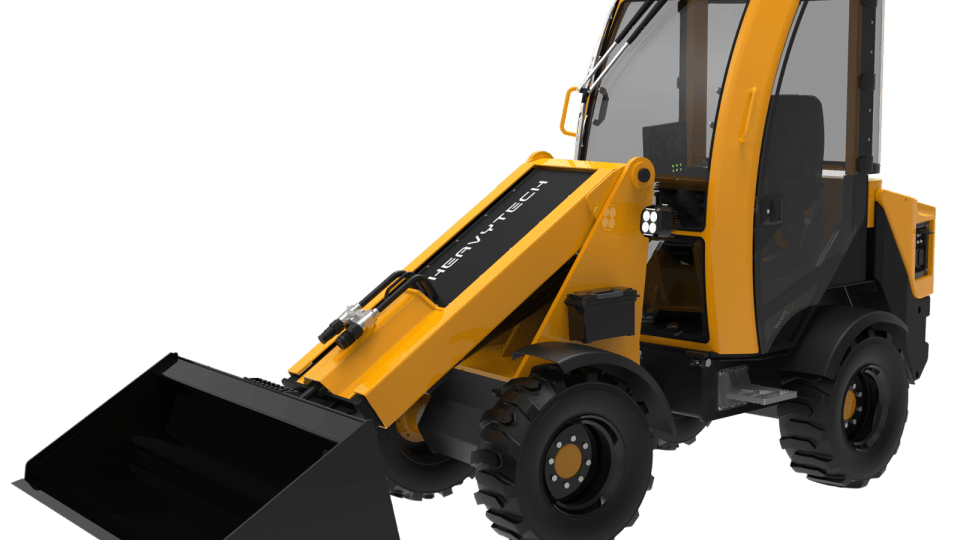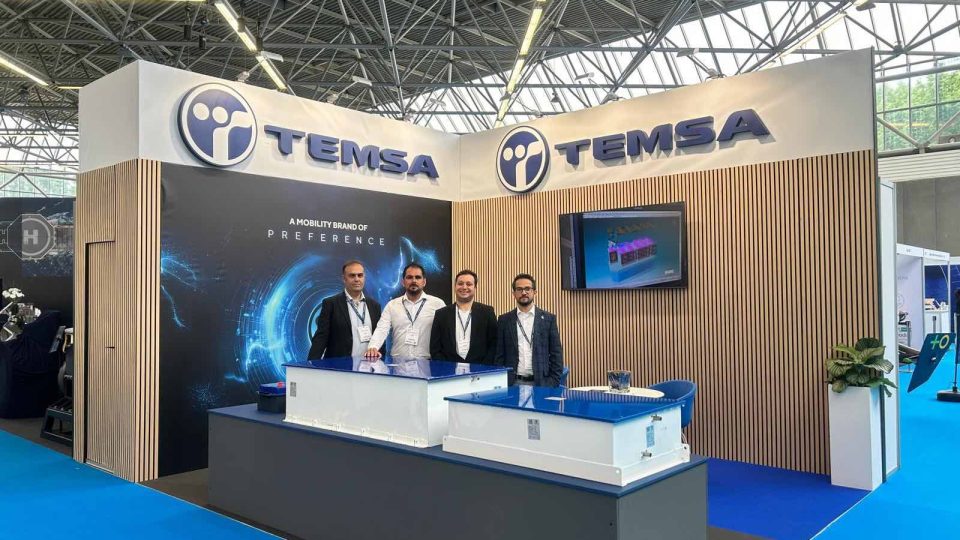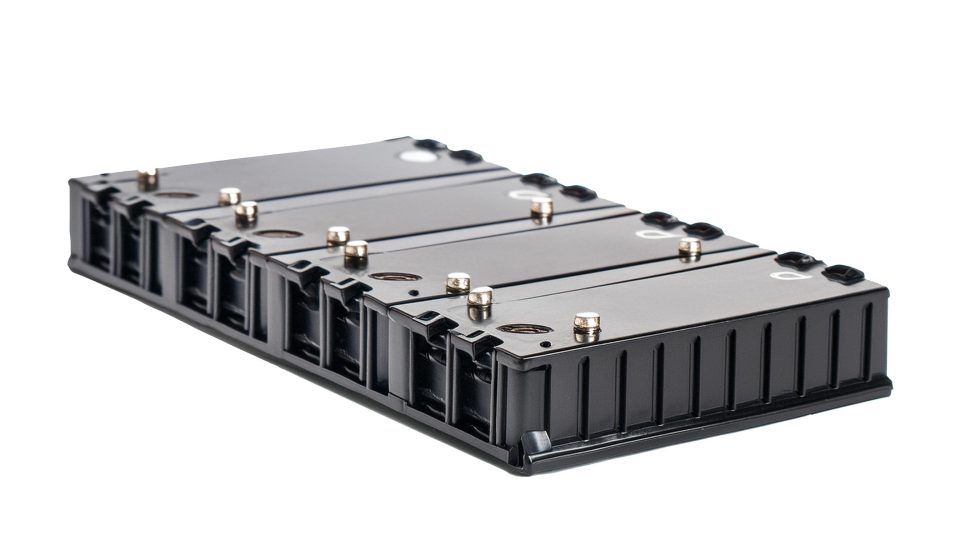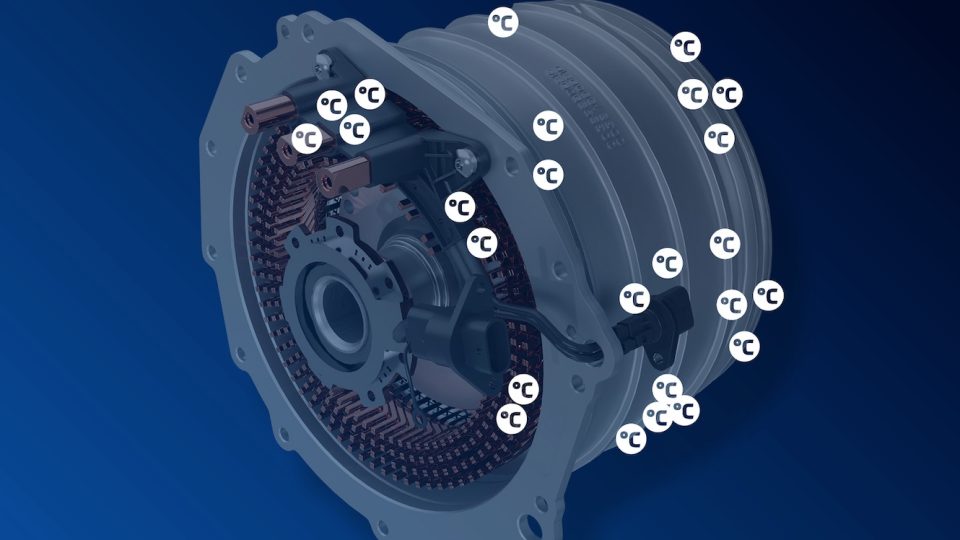Rolls-Royce sets up new facilities for production of green hydrogen
Rolls-Royce plans to produce green hydrogen at its business unit Power Systems’ headquarters in Friedrichshafen within the next few years and use it to test its mtu hydrogen engines and fuel cell systems on its test benches.
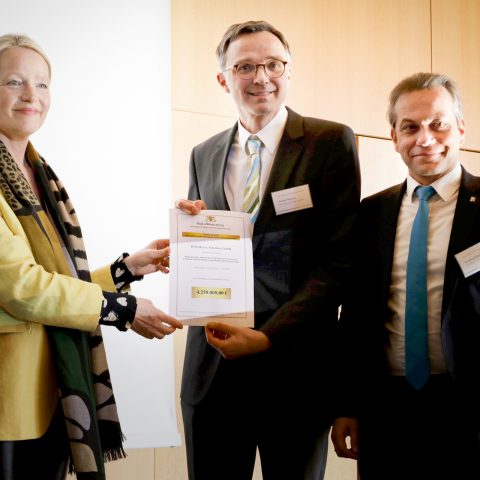
Rolls-Royce plans to produce green hydrogen at its business unit Power Systems’ headquarters in Friedrichshafen within the next few years and use it to test its mtu hydrogen engines and fuel cell systems on its test benches.
Norbert Markert, head of the H2Infrastructure project at Rolls-Royce Power Systems, explained: “Our new facilities will cover a large part of the hydrogen value chain – from infrastructure to production, distribution and use. The project presents some challenges in terms of engineering, safety and regulatory approvals. Our customers will benefit from our experience”.
The project is being supported by the Baden-Württemberg Ministry for the Environment, Climate and Energy Management with 4.25 million euros.
Baden-Württemberg’s Energy Minister Thekla Walker said on the occasion of the handover of the subsidies at the beginning of April 2023: “We now need a rapid ramp-up of the hydrogen industry. To achieve this, we must also provide greater support for the construction of infrastructure such as hydrogen pipelines or electrolysers in our projects, because hydrogen and fuel cell technologies are of central importance when it comes to noticeably reducing the economy’s greenhouse gas emissions in the future.”
The “H2Infrastructure” funding project covers the production of green hydrogen by means of innovative PEM electrolysis, including the necessary infrastructure and the construction of test benches that are specifically designed and adapted for the development of sustainable hydrogen-based solutions. Rolls-Royce plans to successively expand hydrogen production capacities of up to 10 megawatts in the long term in order to be able to provide sufficient green hydrogen for development processes in hydrogen propulsion technology.
Why is Rolls-Royce focusing on hydrogen?
Daniel Chatterjee, Director Sustainability, Technology Strategy & Regulatory Affairs at Rolls-Royce Power Systems, declared: “We see hydrogen as one of the central elements of the energy transition. It can be used to store renewable energy and as a fuel for engines, fuel cells and combined heat and power plants to generate climate-neutral electricity and heat and is the basis for so-called e-fuels.”
Rolls-Royce is developing its own standardized mtu electrolyzers with outputs of up to four megawatts, which can be scaled to more than 100 megawatts. To this end, the company has acquired a stake in Hoeller Electrolyzer, a specialist that develops and manufactures the electrolysis stack. This is the core component of the electrolyzer. Daniel Chatterjee said: “The common goal of Rolls-Royce and Hoeller Electrolyzer is to develop a solution to produce hydrogen with green energy at low cost and on a large scale. This also creates the opportunity to store and use solar and wind power, thus making an important contribution to the energy transition.”
Rolls-Royce is looking at the entire hydrogen ecosystem: In addition to working on solutions for scalable green hydrogen production, the company is also developing energy and propulsion systems that use hydrogen as a fuel, either directly or in a processed form as e-fuels. These include hydrogen engines for power and heat supply and fuel cell systems for emergency power supply.






